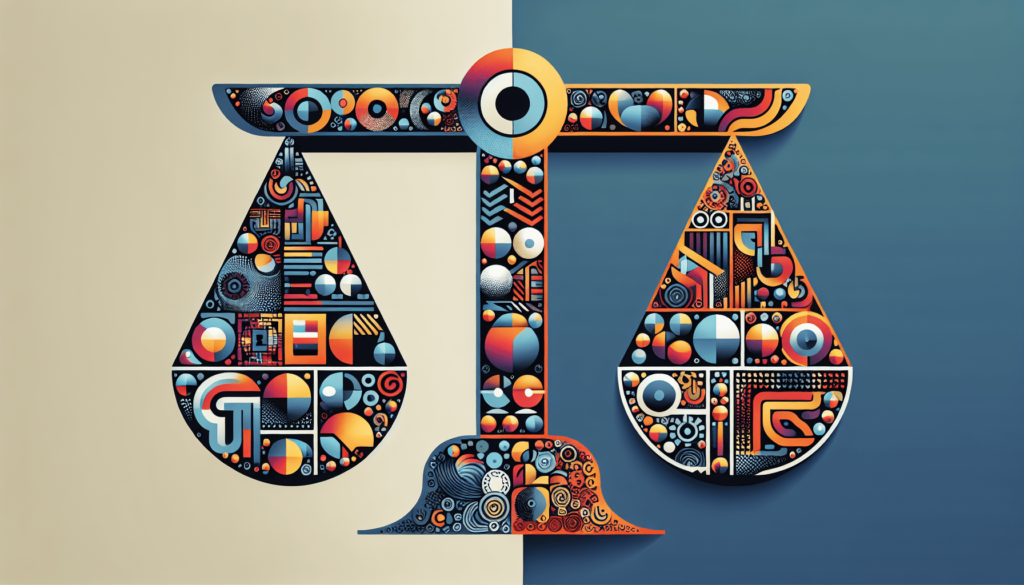Imagine a world where design software partnerships are just waiting to be explored, offering endless possibilities and opportunities for growth. In this article, we will take a closer look at the service spectrum of design software and how it opens up a wide range of potential collaborations. From graphic design tools to architectural software, there is a wealth of options available for businesses looking to enhance their design capabilities. So, grab a cup of coffee and get ready to embark on a journey through the exciting world of design software partnerships.

This image is property of pixabay.com.
Introduction to Design Software Partnership Opportunities
Design software partnership opportunities offer a collaborative approach for companies in the design industry to enhance their offerings, expand their reach, and drive innovation. By joining forces with like-minded organizations, companies can tap into new markets, leverage complementary technologies, and create unique value propositions. In this article, we will explore the concept of design software partnerships, dive into the benefits they bring, and discuss how they can enhance creativity and innovation.
Understanding the Concept of Design Software Partnerships
Design software partnerships involve the collaborative efforts between two or more companies in the design industry to jointly develop, integrate, or distribute software solutions. These partnerships can take various forms, including licensing and reseller partnerships, technology integration partnerships, and joint development partnerships. The goal is to combine expertise, resources, and market reach to create synergistic solutions that deliver enhanced value to customers.

Exploring the Benefits of Design Software Partnerships
The benefits of design software partnerships are numerous and can positively impact all parties involved. First and foremost, partnerships provide access to a wider customer base and potentially new market segments. By leveraging the partner’s existing distribution channels, companies can significantly expand their reach and increase brand exposure. Additionally, partnerships allow for the pooling of resources, both financial and technical, which enables more ambitious development projects and faster time to market.
Another significant benefit of design software partnerships is the opportunity to tap into complementary technologies. By collaborating with companies specializing in different aspects of the design process, organizations can optimize the functionality and interoperability of their software solutions. This not only enhances the user experience but also opens up possibilities for developing innovative features and capabilities that would not be feasible otherwise.
Furthermore, design software partnerships foster creativity and innovation by stimulating cross-pollination of ideas, knowledge, and expertise. Through collaboration, companies can leverage each other’s strengths and learn from their partner’s unique perspectives. This collaborative environment encourages out-of-the-box thinking and can lead to groundbreaking advancements in design software.
How Design Software Partnerships Can Enhance Creativity and Innovation
Design software partnerships have the potential to revolutionize the design industry by fostering creativity and innovation. By combining the expertise and resources of multiple companies, partnerships enable the development of more sophisticated and powerful software solutions. This collaboration can lead to breakthroughs in design processes, enabling designers to push the boundaries of creativity and achieve previously unattainable results.
Moreover, partnerships facilitate the exchange of knowledge and best practices between companies. By sharing insights and learning from each other’s experiences, partners can enhance their own skill sets and continue to evolve their offerings. This constant knowledge transfer serves as a catalyst for innovation, as it encourages partners to stay ahead of the curve and explore new approaches to design challenges.
Additionally, design software partnerships can be a driving force behind the adoption of emerging technologies in the industry. By partnering with companies that specialize in cutting-edge technologies such as artificial intelligence and machine learning, organizations can leverage these advancements to create intelligent, automated design solutions. This not only streamlines design processes but also opens up new possibilities for creativity and experimentation.
In summary, design software partnerships are a powerful tool for enhancing creativity and innovation in the industry. By combining expertise, resources, and technologies, partners can create synergistic solutions, exchange knowledge, and leverage emerging technologies to push the boundaries of design possibilities.

Types and Examples of Design Software Partnership Models
Design software partnerships can take various forms, each offering unique benefits and opportunities. Let’s explore the different partnership models and provide examples of successful partnerships in each category.
Licensing and Reseller Partnerships
Licensing and reseller partnerships involve the distribution of software solutions developed by one company through the channels of another. In such partnerships, the partner company becomes a licensed reseller, authorized to distribute and sell the software product to its customers. This model enables the software developer to tap into the partner’s existing customer base and leverage their established distribution networks.
An example of a successful licensing and reseller partnership is the collaboration between Adobe and Microsoft. Adobe’s suite of creative software, including Photoshop and Illustrator, is licensed and distributed by Microsoft as part of its Microsoft Office 365 offering. This partnership allows Microsoft to provide its customers with powerful design tools while expanding Adobe’s reach to a wider audience.
Technology Integration Partnerships
Technology integration partnerships involve the integration of software solutions from two or more companies to create a seamless and interoperable user experience. This partnership model allows companies to leverage their respective strengths and technologies to deliver enhanced value to their customers. By integrating complementary software solutions, partners can provide users with a more comprehensive and streamlined design workflow.
One of the most notable examples of a technology integration partnership is the collaboration between Autodesk and Unity. Autodesk’s 3D design software, such as AutoCAD and Revit, seamlessly integrates with Unity’s real-time 3D development platform, enabling designers and developers to easily visualize and interact with their designs in a virtual environment. This partnership combines the power of Autodesk’s design tools with Unity’s rendering capabilities, delivering a more immersive and interactive design experience.
Joint Development Partnerships
Joint development partnerships involve collaborative efforts between two or more companies to jointly develop new software solutions or features. In such partnerships, companies combine their expertise, resources, and technologies to create groundbreaking products that address specific customer needs or industry challenges. Joint development partnerships often require a significant investment of time and resources from all parties involved but can result in game-changing innovations.
A prime example of a successful joint development partnership is the collaboration between HubSpot and Canva. HubSpot, a leading marketing automation platform, partnered with Canva, a graphic design tool, to integrate their respective solutions. This collaboration allows HubSpot users to easily create visually appealing marketing materials using Canva’s intuitive design tools directly within the HubSpot platform. By combining marketing automation and graphic design capabilities, this partnership empowers marketers to create engaging content without the need for extensive design skills.
Case Studies of Successful Design Software Partnerships
To further illustrate the impact of design software partnerships, let’s delve into some case studies of successful collaborations:
-
Adobe and Microsoft: A Dynamic Partnership in Creative Software The partnership between Adobe and Microsoft brings together Adobe’s industry-leading creative software, such as Photoshop and Illustrator, with Microsoft’s extensive customer base and distribution networks. Through this collaboration, Microsoft integrates Adobe’s software into its Microsoft Office 365 offering, providing users with powerful design tools for creating visually stunning documents, presentations, and graphics.
-
Autodesk and Unity: Enhancing 3D Design and Visualization The partnership between Autodesk, a prominent provider of 3D design software, and Unity, a real-time 3D development platform, enables designers and developers to seamlessly integrate their workflows. By integrating Autodesk’s design tools with Unity’s rendering capabilities, this partnership empowers users to visualize and interact with their designs in a virtual environment, fostering more immersive and interactive design experiences.
-
HubSpot and Canva: Integrating Marketing Automation and Graphic Design The collaboration between HubSpot, a leading marketing automation platform, and Canva, a user-friendly graphic design tool, enables marketers to effortlessly create visually appealing marketing materials. Through this partnership, HubSpot users can access Canva’s design tools directly within the platform, simplifying the process of creating engaging content and eliminating the need for extensive design skills.
-
Google and InVision: Collaboration for Improved UX/UI Design The partnership between Google, a tech giant known for its user-centric design principles, and InVision, a leading digital product design platform, focuses on improving the user experience and user interface design. By leveraging InVision’s prototyping and collaboration tools, Google designers and developers can streamline their design workflows and gather valuable user feedback, ultimately enhancing the usability and functionality of Google’s products.
These case studies demonstrate the immense potential of design software partnerships in various areas of the industry, from document creation and 3D design to marketing automation and user experience design.
By establishing partnerships with compatible companies and leveraging different partnership models, organizations can unlock new opportunities for growth, innovation, and customer satisfaction. In the next section, we will explore how to identify potential partner companies and evaluate their suitability for partnership.